My First Time At The Roskilde Music Festival
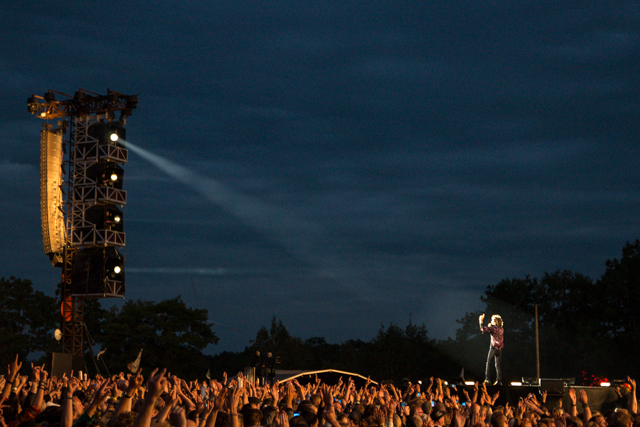
I was deep in thought, a conversation about something that seemed relevant at the time raging as my friend and I lugged our heavily-laden backpacks down the road toward our campsite in the B section of Roskilde’s sprawling camping area. So, it was with some surprise that I looked up and realized that the chain link fence to our right was lined by people. These people were a mixture of men and women, some in the midst of their own conversations, but all diligently focused on not falling over while peeing on the fence. The men unashamedly looked around, equipment in hand and fully exposed, as they artistically sought to wet the criss-cross of metal links. The women, casually enjoying a public squat, were a bit more furtive in their efforts. Some had friends making some effort to block their naked bodies, while most just embraced the moment with a very typical Danish pragmatism. It’s just a naked body, right?
I shouldn’t have been surprised, after all I have a running sense of amusement at the fact that most Danes won’t jaywalk, regardless of how foul the weather is, but have no qualms about waiting for the light to change, crossing the street, walking 10 steps, turning, and peeing. It is somewhat comical, a bit disgusting, and utterly entertaining. Especially coming from a culture that is otherwise highly rule-oriented and well behaved.
This strange blend of order and chaos is part of what makes the Roskilde Music Festival such a fascinating (and highly entertaining) experience. But, before I dive into the specifics, let’s start out with the basics.

The Basics
The Roskilde Music Festival has been going on since 1971 and is held each year outside of the Danish city of Roskilde in a sprawling set of fields. This year it drew more than 160 bands from 30+ countries and had more than 100,000 paying ticket holders in addition to another 31,000 volunteers (not a typo). The organizers say that it is the largest music festival in Northern Europe and it is most definitely the largest music festival in Scandinavia. The festival is non-profit and is anticipating a benefit of between 2 and 2.7 million Euro from this year’s festivities which it will then donate to charity.
It also has a cult following and reputation for being an absolutely amazing experience with a lot of hard-partying fun and ridiculous antics. While popular with Danes of all ages, it is a sort of coming of age experience for the Danish youth. The festival, as with a handful of other events over the course of the year, is a sort of initiation to Danish youth culture. Tell a Dane you haven’t been to Roskilde Festival and they’ll look at you with a mixture of pity and confusion. Tell a Dane you’ve been, and you’re suddenly initiated to a secret society that brings with it an intimate understanding of what “Roskilde” is, which no blog post or story can ever illuminate.
The easiest way to understand the festival is to understand that there are actually two different key parts. The first are the camps and camp experiences. The second is the music festival. While these two are inherently interconnected, they are also two separate identities with their own personalities, protocols, and rich experiences. The Roskilde Festival experience starts in the camps on Sunday when (tens of?) thousands of people line up for the first crack at the camping areas. The gates open and a hilariously insane rush begins with backpack-laden festival goers racing towards the campsite area of their choice, often at a full run, in the hopes of squaring away prime real estate. Depending on the size of the camp, these groups of runners have their work cut out for them. Once they find a spot, it is all about laying out the gaggle of tents they’ve dragged with them and claiming the space as quickly as possible. While the urgency varies depending on how picky you are about location and the size of your camp – it is, in general, a mad dash.
The “camp” culture is a core component of the festival experience. For Americans, you can think of it a bit like a seven day tailgating session. Camp complexity and size varies widely, but most consist of at least five tents and a pavilion. In our case we had 19 tents of various sizes huddled more or less on-top of each other, all surrounding a central pavilion. Our festival veterans had chosen the “B” camp, due to its smaller size, location, and reputation for being social, but much less crazy than areas like “C” which was a 3 minute walk away. There are also “quiet” camps and “clean” camps, which tend to be less chaotic and draw an older crowd.
Sunday-Wednesday generally consist of one massive camp-wide party that never really ends. Each camp typically has a name and a theme. Larger camps tend to go all-out, with several having famous reputations as go-to party places. These camps can include everything from massive speaker systems to DJ boxes and nightclub-style lights rigged on wheels. This turns entire sections of the camps into giant churning street parties that blend together. During this period there are also a number of small shows put on by various groups. These included things like a hip-hop battle and BMX stunt bike competition. The camps also tend to get disgusting pretty quickly. Within two days all of the grass on the pathways in camp “C” was completely gone and the sheer amount of trash, empty beer cans, broken folding chairs, and damaged tents makes the camping areas look like a post-apocalyptic refugee camp gone wrong. A visual which is reinforced by the sight of passed out festival goers resting where they fell.
On Thursday the official festival grounds open, and the main music starts. With 7 stages and 166 bands the biggest challenge is figuring out what you want to see. The music component of the festival lasts until Sunday and often stretches well into the evening with some performances lasting until 3AM. The crowd is decidedly more balanced age wise and slightly more focused on the festival events. A large number of day-ticket holders also arrive and bring a relative level of balance to the equation.
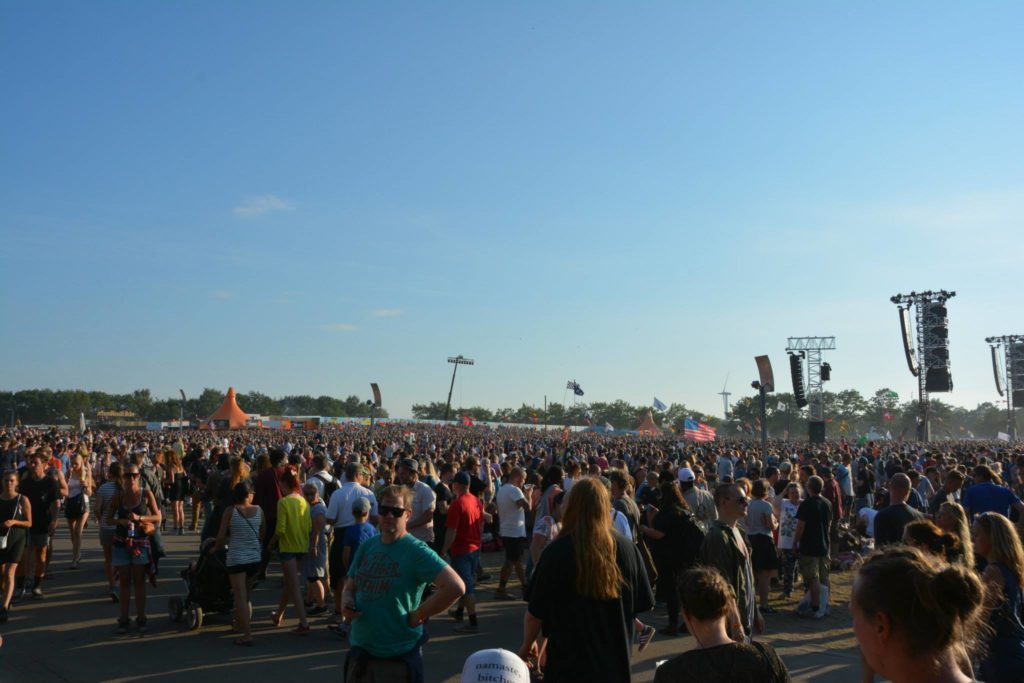
A Festival Newbie
I had no idea what to expect from Roskilde. I vaguely understood the relationship between the music and the camps, but didn’t really fully grasp just how rich both experiences would be. I also had no clue what to anticipate as far as what the camp would look like or what the caliber of the musical performances might be. I was also expecting significantly smaller facilities with radically fewer amenities. So, here are a few of my takeaways.
Food & Shopping
- You can buy reasonably priced food at the festival and in the camps. Both the festival and camp grounds had a wide variety of restaurant options available. Prices in both were decent and ran about 50-80 DKK per meal (eg: 75 DKK for a large burger and french fries). There were vegetarian options and a lot of diversity. I saw Mexican food, Asian food, Middle Eastern food, American food, and of course Traditional Danish grub as well the usual basics like Pizza. Inside the festival grounds the food selection was even better. The “Food Court” in particular serves as home to a wide variety of leading Danish restaurants who are invited to the festival on the condition that they change their menu every two years and don’t serve something they normally sell. This meant that leading Danish restaurants like Aamanns, Paleo, and Kiin Kiin (the only Michelin starred Thai restaurant in the world) all had booths offering tasty eats for less than 70 DKK.
- Beer and drinks were also reasonably priced. A can of Tuborg in the camps cost 16 DKK, which compared to the price at a kiosk in central Copenhagen of 10 DKK isn’t bad at all. A 24 pack ran you around 200 DKK, which is twice the 100 DKK you’d pay in a supermarket, but 8 DKK per beer is still extremely reasonable. Inside the music festival grounds the price was a bit higher at between 20-25 DKK or 40 DKK for a .5l Golden Lady. I found this surprisingly reasonable for this type of event.
- You CAN still cook. I had read that fires were not allowed in the camps, which I thought meant that hot food was out of the question. This isn’t entirely true. The camping area has set grilling zones where you can cook on gas stoves, or take advantage of the small bonfires they periodically light. So, if you want to camp and cook, it is entirely doable.
- The camp area actually had a mini-Fakta (budget supermarket chain) set up. It had limited stock (even by Danish standards), but still had a lot of good options for those who needed something in a pinch.
- There are a lot of shops both in and outside of the festival area. These popup shops were selling budget clothing, camping gear, festival gear, and even roller-blades.
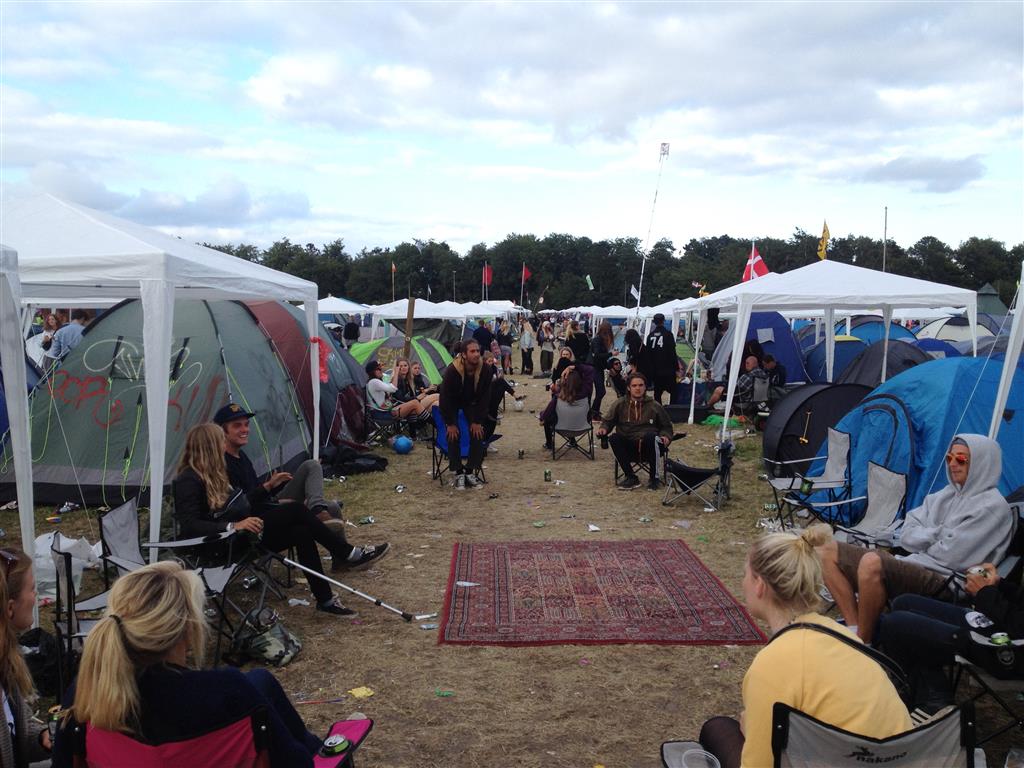
Logistics
- There are showers. These cost between 10 DKK and 20 DKK to use and come in a mixture of cold and hot water versions. That being said, the hot water was always exhausted. I have to admit that because I had media credentials I was using a different set of showers than those in the main camps (though they were equally public and lacked hot water). Foreigners should be prepared for the fact that the showers are group showers. Some are same sex, others are mixed sex. I know this sounds absolutely terrifying to most non-Europeans, but it is actually really relaxed and quite comfortable after you get there. It’s just part of the Roskilde experience and it is actually quite insightful from a body diversity and body image perspective. While you technically could wear a swim suit, they are unofficially banned and to do so would actually leave you much more uncomfortable and exposed than just going with the flow, stripping down, soaping up, and rinsing off. They aren’t Denmark specific, but I cover coping with nude group bathing in a bit more depth in my video stories from Austria and Turkey.
- I have a ridiculously sensitive sense of smell. One, which, unfortunately is directly connected to my gag reflex. Due to this and light germaphobia I actually had a fair bit of anxiety about the bathroom situation at Roskilde. The camps rely on large banks of portable toilets. I have to confess, I did not use these. However, in glancing at them they were surprisingly clean and in decent shape. One of the great things about the Danes is that they’re actually really good about not abusing bathrooms. Even in popular bars and nightclubs I’m always surprised that there is usually toilet paper, that the seats are clean, and that someone hasn’t gone art-nuevo on the stalls. This appeared to hold true and carry over to the portable toilets. The toilets inside the festival area were container based and while co-ed, were also extremely clean. These had running water, were always well stocked with TP, and were nicer than some restaurant toilets. As with the showers, my blogger credentials gave me access to a restricted part of the festival grounds which was how I bypassed the portapotties when the festival grounds themselves were not open.
- Within the camps (and to a lesser, but still considerable extent) the festival grounds, peeing was relegated to any object/location that wasn’t actively in use or tied down. This included any type of fence, trash can, tree, bush, or wall. While festival organizers made a half-hearted effort to make portable urinals available around the festival grounds, within the camps a free range pee was not only generally acceptable practice but your only real option. So, between this and the showers, I think more people have seen my private bits in the last week than in the previous three years combined. As you can imagine, this also means that you should NEVER sit leaning against a tree at Roskilde or step in anything that looks like a puddle or water.
- An air mattress is a must. I almost didn’t bring one because I was on a super tight budget. Luckily I found one at the local Red Cross thrift-shop. Simply put, this is mandatory if you don’t want your life to be an agonizing living hell for the duration of your stay at the festival.
- Get creative (and goofy) – during the camp days in particular, costumes are a big part of the festivities. So, be creative! You’ll see super heroes, picachus, Baywatch babes, pirates and so, so much more. So, have fun, get weird, and don’t take yourself too seriously.
- There are charging stations. Here again, I had access to the media center which had its own charging station. However, from what I saw you have two options. In option one you pay 10-20 DKK at one of the charging centers in the camps. You drop off your phone and charger with an attendant and then pick it up when ready to use your device again. The other was a service provided by Volt. These guys had booths all over the festival and basically rented out mobile phone backup batteries. You’d pay 200 DKK plus a 200 DKK deposit, and then would get a small Volt battery pack good for 1-2 phone recharges. After exhausting your charge, you could then swap out the charger as many times as you wanted/needed over the duration of the festival. A bit of a pricey option, but also a very cool one.
- There are luggage checks for valuables that seemed relatively safe. If you’re interested in taking a camera or any type of valuables to a festival, this is always a huge concern especially when staying in a tent. I actually opted out of taking my dSLR for this very reason. However, after seeing the bag/luggage check counters I think I’d be comfortable re-considering next year.
- You can either take your own tent or you can pay a bit extra and rent a tent from the festival. Taking your own is a much better option as it lets you stay in the public areas with the veteran festival goers and locals, however, in a pinch, renting a tent is an option. Just keep in mind the cost of a tent is about the same as buying a cheap one and you have to stay in a pre-assigned location.
- I saw very very few cash machines, though the majority of places accepted credit cards. Unfortunately, for many this was limited to Dankort (Scandinavian credit and checking cards) with the reliability of using an international card significantly less consistent.
Get Social
- This is a Danish festival and we all know that Danes take their drinking VERY seriously. It is also overflowing with Norwegians and Swedes who love to try and give the Danes a run for their money. Good god. I knew the Danes could drink, but they take it to a whole new level at Roskilde. Where Americans tend to peak quickly and then crash hard the Scandinavians go for a semi-gradual ramp up, and then once they cap out (where the rest of us would crash), they maintain it. For hours. While gradually continuing to ramp it up even further. It is truly incredible to watch. Especially since they remain marginally functional and are almost without fail happy and jovial throughout.
- There is no fighting at Roskilde. I’ve talked previously about how peaceful the Danes are in general. Especially when it comes to bar culture. Somehow this holds true at Roskilde festival. It is amazing what a good mood everyone is in. To top it off, despite the insane level of drunkenness, everyone is happy and accommodating. Where Americans, Brits, Aussies, and oh-so-many-others tend to get drunk and fight, the Scandinavians just get goofy and horny. In my entire time at Roskilde, I don’t think I saw a single fight. It is incredible, and indicative of just how open/friendly/laid back and happy the atmosphere is.
- There is very little police presence at Roskilde, and it is essentially non-existent in the camps. Why? Because it isn’t needed. People aren’t fighting or stealing. They’re just there for a good time.
- A lot of people have compared Roskilde to Woodstock. While there might be slightly less weed at Roskilde, there is definitely a sense of free love. The Scandinavians are normally a bit more up-front and relaxed about sex and sexuality. As with everything at Roskilde, this is taken to a whole new level. I contented myself with a single makeout as festival hookups aren’t really my cup of tea. But, that being said, for most festival attendees it’s every bit as important and prevalent as the beer and music. Given that the festival is populated predominantly by absolutely gorgeous Scandinavians in their 20s and 30s it is pretty hard not to go with the flow and join the party. Particularly given Nordic women’s propensity for being rather up-front about their interests. Watching the chaos unfold I kept thinking to myself, “This must be a bit like what the Olympic Village looks like after the competitive events wind down”.
- Pick your camp carefully and do your research. It is very easy to wander from camp area to camp area (and you should!) but it is also really important that you have your tent and home-base set up somewhere you’re going to be comfortable. Want to party like an animal with the youngsters? Head to areas like campground C. Want to have a more peaceful night’s sleep? Consider the silent and clean section in area J. Want a balance with folks who are up for a party but also know how to use a trash can and clean up after themselves? Look to area B.
The Music
Alright, this WAS a music festival after all. So, how was the music?
It was awesome! With a festival line-up that sported more than 160 bands from multiple genres, vastly different styles were represented. You had the super energetic and playful music of Manu Chao at the same festival as a soul-rending performance by Rob Zombie. All on the same stage that hosted Stevie Wonder, the Arctic Monkeys, Rolling Stones and Major Lazer.
The music line-up was awesome. More than that though, the performers seemed to be having an absolute blast. They were playing all sorts of extra sets, pausing for photos with the crowd, and just seemed as hyped and ecstatic as the audience at large. From start to finish the shows were full of life and all around epic. A few of the performers (here’s looking at you Arctic Monkeys) were obviously a bit drugged out or drunk, but for the most part they still managed to put on decent performances.
The audio was extremely well handled and solidly balanced at the main (Orange) stage. It was also quite well done at the other secondary stages, though I found the acoustics at Arena (a large tent) to be ever so slightly sub-par.
The visual team handling the massive screens also did a decent job, though they were the least impressive of the mixture. At Orange in particular there were a surprising number of out of focus shots, or instances where they were focusing almost exclusively on the lead performer while failing to cut to/ignoring band members who were doing solos. Still, this is just nit-picky video stuff, and I doubt most people even noticed.
The stages were also set up in locations that made a lot of sense. I was a bit concerned about noise pollution from the seven different stages all situated in a relatively small area. I shouldn’t have been. The viewing areas and stages were also set up in a fashion that made viewing the main stage really easy, which was great. Even shorter friends had a less-difficult-than-normal time seeing the acts.
After an incident a few years ago, a series of pit dividers were installed. These were designed to break up the crowd and prevent crowd crush from happening. It also ensured that there was typically much more space, even in the tightest packed parts of the crowd, than I was expecting. Pit access was easy and usually didn’t require long waits. It was also really nice that within the pits the security guards were liberally distributing cups of water.
The Memorable List
A lot of memorable things happened at Roskilde. Here are a few standout moments, for better or for worse.
- Best performance – I had no idea who they were and got dragged along to the Major Lazer performance as an afterthought. My god can these guys put on a show. The crowd was going ballistic, the energy level was unlike anything I’ve seen before, and their ability to hype and control the crowd was fantastic. Highlights included one of the band members crowd surfing inside a massive inflatable bubble, convincing most of the crowd to take their shirts off and throw them into the air, a human tornado in the pit, and getting the crowd to rush from side to side without trampling each other.
- Most surprising performance – This may shock most of you, but it was the Rolling Stones. I knew they would be excellent performers, but given their age I expected the performance to be less quality/energy and more nostalgia. So, I was absolutely blown away by the quality of Mick Jagger’s voice, his energy level, and the excellent performance the Stones put on. The only weak parts were two vocal numbers where Keith Richards sang. Even these were not bad – in fact, they were better than what I’d expected from the entire Rolling Stones performance. I know it is cliche to say, but these guys have still got it. They were also hands down one of my favorite acts. I’m still absolutely blown away.
- Worst idea – This one goes to two guys and two girls. As I was walking towards my camp along a major thoroughfare I happened upon a woman kneeling next to a man who was standing with his shorts around his ankles. On second take I realized her friend was helping her take a selfie next to “it”/him. At the same time, the guy’s friend returned from peeing on the fence, saw what was going on, dropped his pants and ran to join the party. Unperturbed (and actually a bit thrilled by the photo op) the girl then pivoted slightly, raised her hands, and posed with one schlong beside either cheek. Let’s just hope for their sake that those shots don’t make it to FB or Instagram.
- Most disgusting – This one goes to the poor (presumably drunk) girl who had carefully made her way into the pee-soaked no-mans land near one of the fences. After artfully popping a squat, she lost her balance on the hill’s slight incline and collapsed in a very unfortunate heap on the muddy soil. This mishap was tied with the poor girl who got puked on in the midst of late-night drunken coitus.
- Best idea – Teaming up with a few of the guys from my camp who had fake blood and glowsticks for an epic run through the entire crowd at the Rob Zombie concert before looping down and around into the pit at a near-full run where we rocked out in the third row to We’re An American Band on the 4th of July. Coincidentally the stage-blood hand print on my face was apparently quite realistic and gave more than a few people a solid fright. Oops. I swear, I’m not an Uruk-hai.
- Most brazen – This one goes to the gentleman who, mid concert, decided that finding an object to pee on was entirely too much work. Instead he took advantage of a small open space in the grassy area in front of the Orange stage. Apparently an audience of 10,000 was no big deal.
- Most creative moment – Had peanut butter but forgot utensils. Our solution? Use a flat highlighter from one of the girl’s purses. Talk about highlighting your innovative inclinations.
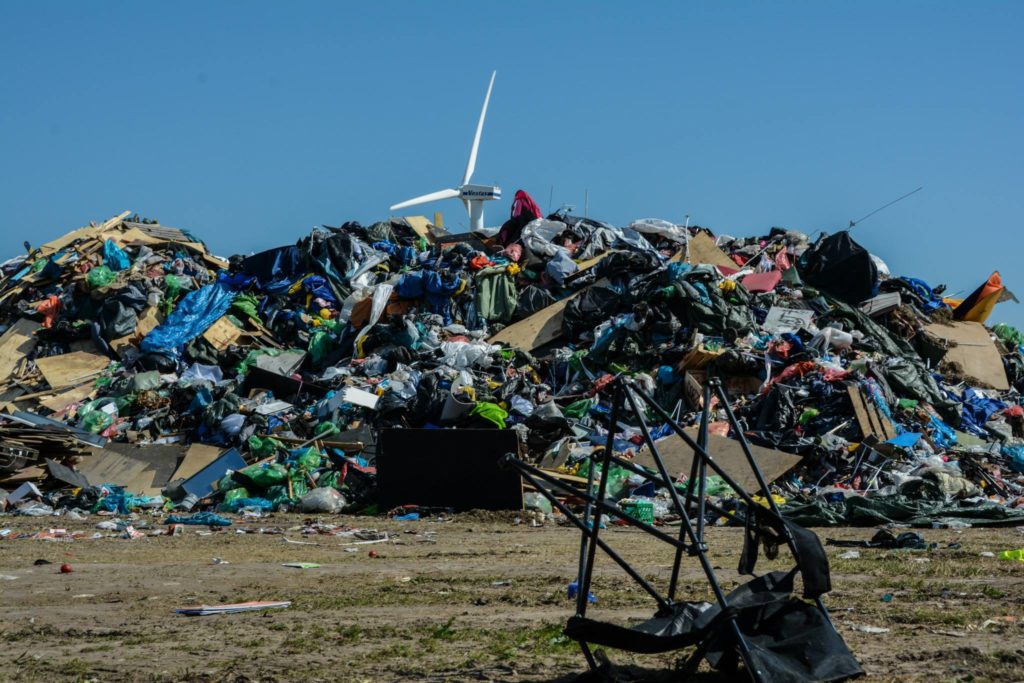
Post Festival Reflections
I went into Roskilde with mixed sentiments. On the one hand I was excited to experience a core part of Danish culture, for a great party scene, and some really top-tier musical acts. On the other hand, I’m not a big day-drinker and no-longer have a strong desire to party on back-to-back days, let alone for the better part of a week. I was concerned the music quality and venues would be unimpressive, that the crowd would be overly obnoxious, and that five days would end up being about three too many. Particularly when I considered the ever-unpleasant combination of a hangover, porta-potties, and sleeping on the ground.
As with so many experiences, these concerns turned out to be mostly fluff. The music was absolutely amazing, the party scene was pure mayhem but survivable and possessed of a giddy energy level that was invigorating. The food was much better than I thought, the facilities were much cleaner and less disgusting than I anticipated, and the overall experience was a blast. I can safely say that I’m now a Roskilde convert.
That being said, one issue that Roskilde does need to address moving forward is that of trash. It is deeply impacting seeing photos of the festival’s aftermath. Many of the tents purchased are essentially cheap throw-away items that cost about $20 USD. The same goes for the camping chairs used, air mattresses, and other objects. At the end of the festival, common practice is to leave behind any items you no longer want, think may be recyclable, or for which the trade-off of lugging them home outweighs their replacement value. During the festival many of the camping areas were filthy with discarded refuse. Halfhearted efforts were made to use the trash cans in some areas, but in others (eg: C) people left most of their trash where it fell. While obviously more responsibility among attendees and increased trash pickup infrastructure would make a difference, I also find it to be a very interesting insight and visualization of just how much waste we produce on a daily basis. This leads me to think that the rare visualization of just how much trash we produce is actually quite profound. Festival organizers could improve and invest more heavily in trash cleanup BUT that would only reduce refuse visibility while having no impact on actual trash output. In this way, I think that while initially shocking, the images of trash stemming from the festival are actually quite compelling and perhaps even a highly valuable illustration and lesson that brings a sense of reality to our actions and lifestyles which we are otherwise detached from.
If you get a chance, definitely jump at it. While this was my first major music festival, I now know it definitely won’t be my last.
*Full disclosure – I attended Roskilde on a reduced price media-ticket, which also gave me access to several minor amenities which were not otherwise available to normal-ticket holders.
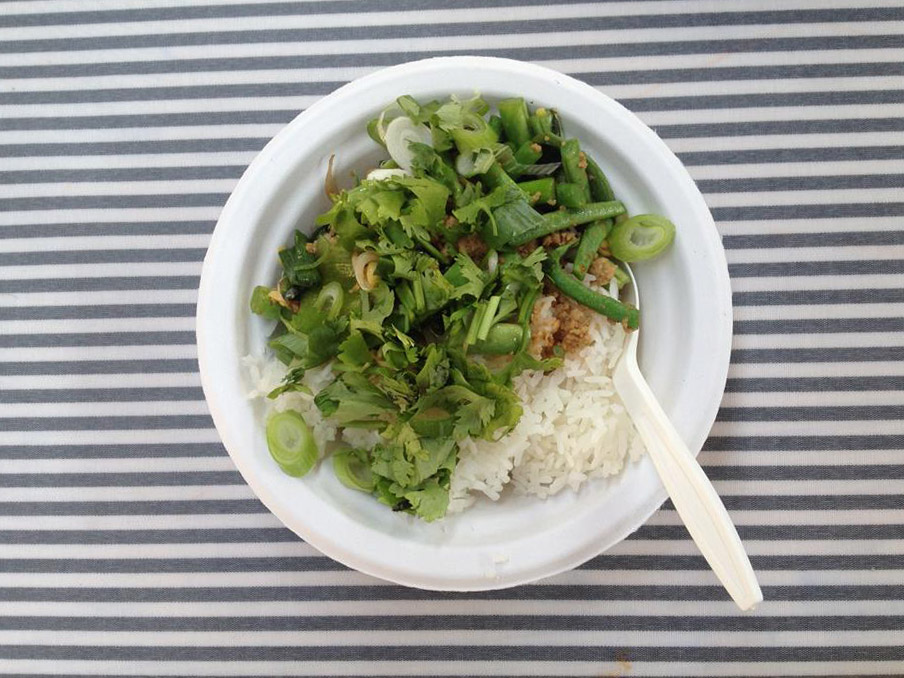
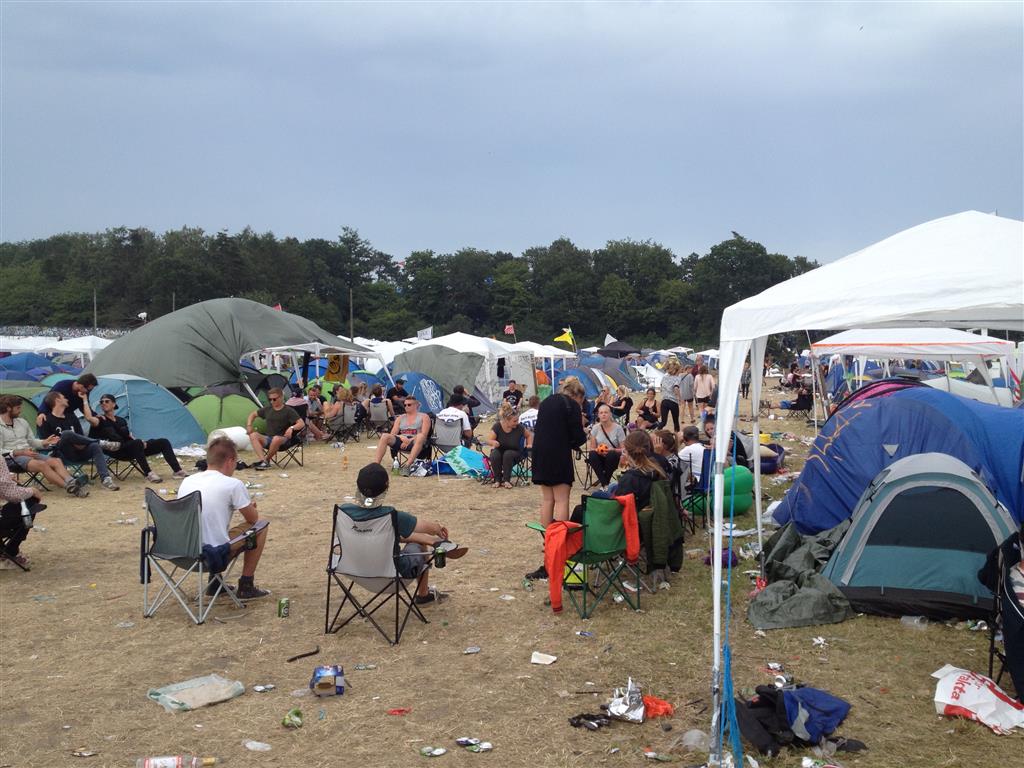
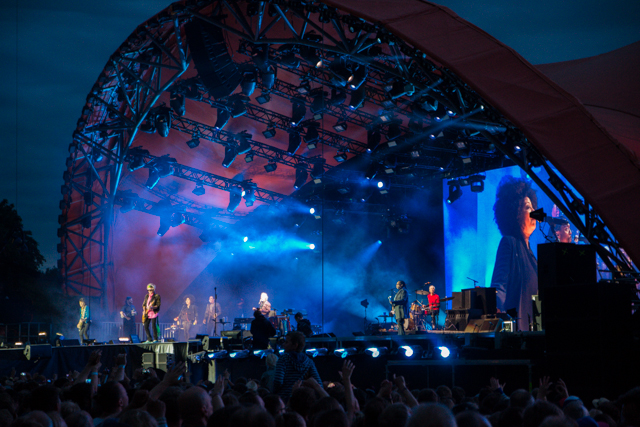

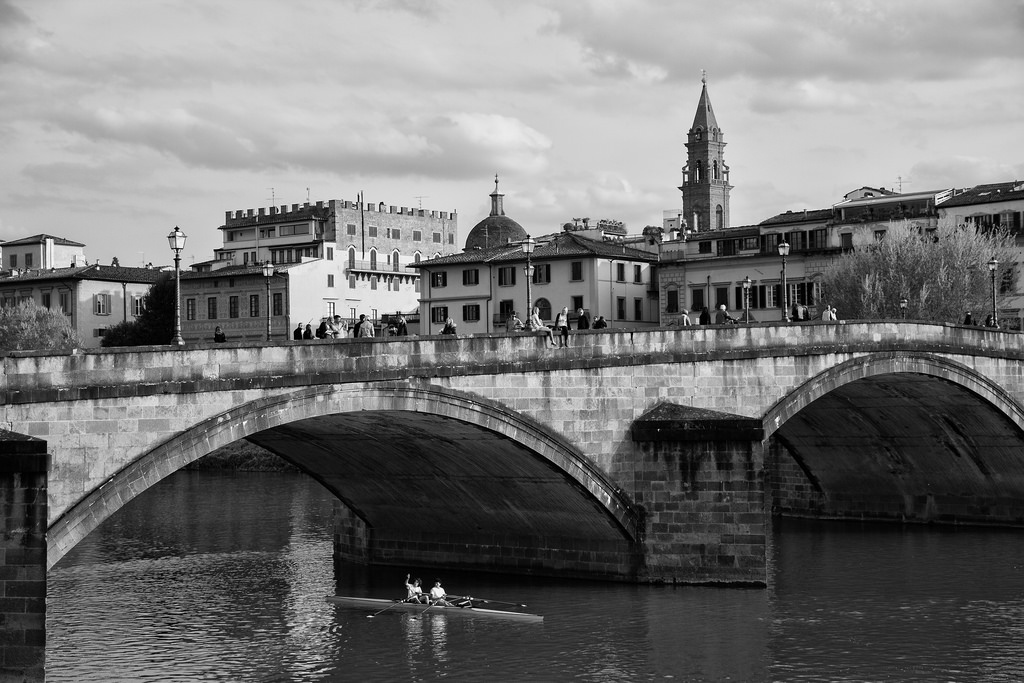
Great, hilarious insight Alex 🙂 Made me finally to want experience it!
Thanks Andreea! Mission accomplished!